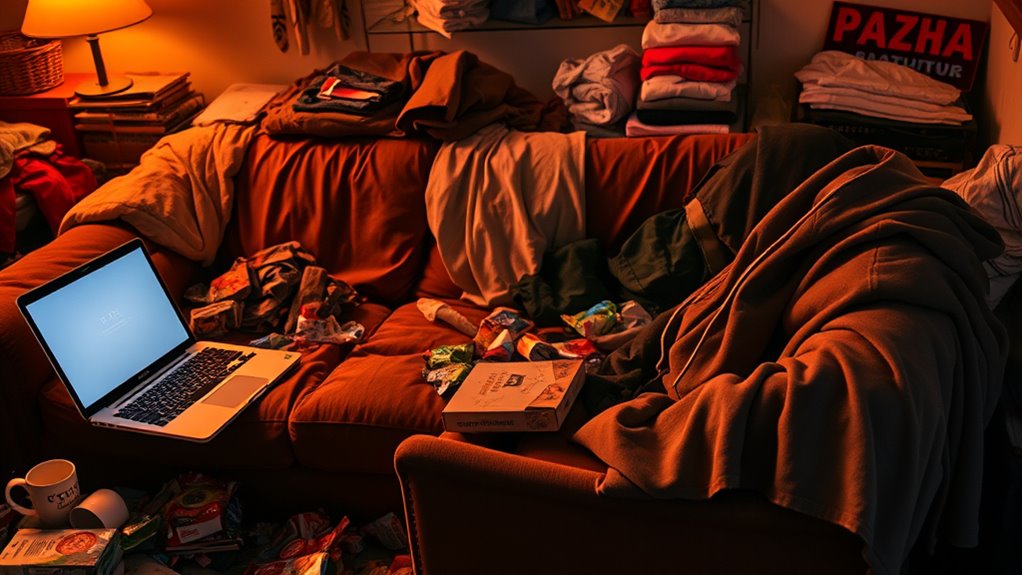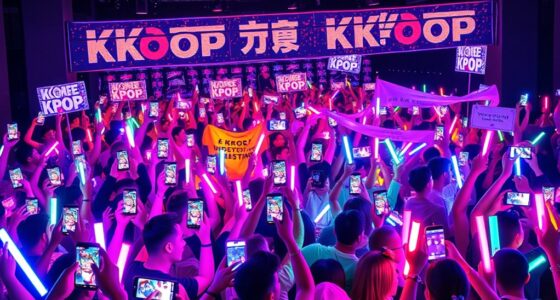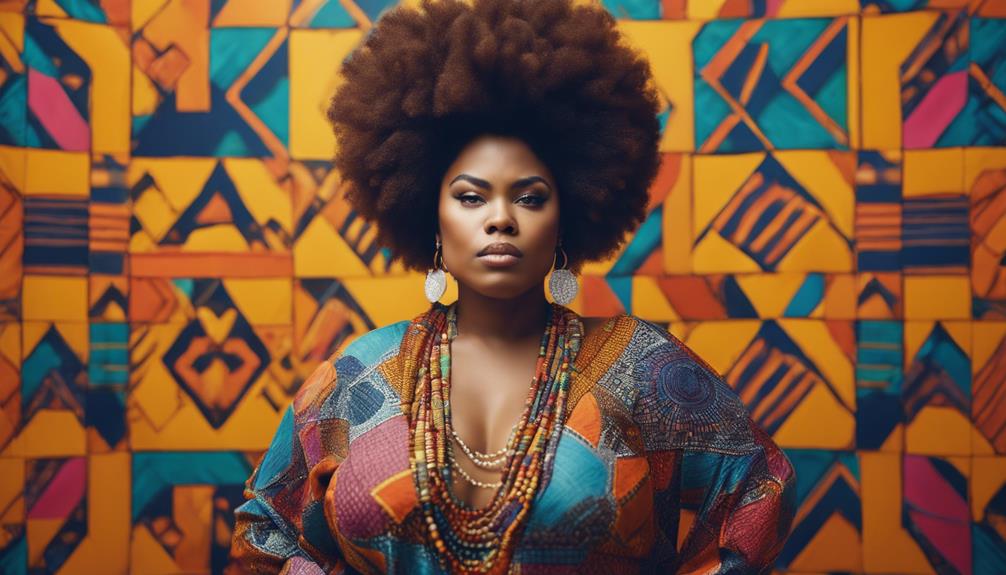During the pandemic, words like “goblin mode” and others gained popularity as they reflected shared feelings of exhaustion, self-indulgence, and mental health struggles. Social media played a key role in spreading these terms quickly, turning personal experiences into common language. They helped normalize feelings of overwhelm and laziness, creating a sense of community. If you explore further, you’ll discover how these buzzwords shaped our understanding of emotional well-being during this unique time.
Key Takeaways
- Pandemic buzzwords like “goblin mode” emerged to express shared feelings of exhaustion and mental health struggles during lockdowns.
- Social media platforms popularized these terms through memes, videos, and viral trends, amplifying their reach.
- “Goblin mode” symbolizes retreating into comfort, humorously acknowledging mental fatigue and the desire to disconnect.
- These words reflect societal shifts toward open discussions of mental health and emotional well-being.
- The rise of pandemic-era buzzwords fostered community, normalized feelings of overwhelm, and expanded emotional vocabulary.

Have you ever wondered how certain words and phrases quickly became part of our daily conversations during the pandemic? It’s fascinating to see how the global crisis accelerated the spread of new terms, especially through social media trends. These buzzwords didn’t just pop up out of nowhere—they reflected our collective experiences, anxieties, and attempts to cope with the unprecedented situation. One of the most prominent examples is “goblin mode,” a term that captured a specific kind of mental health state many of us found ourselves in during lockdowns and extended periods of isolation.
During the pandemic, new words like goblin mode reflected our shared struggles and coping strategies through social media.
When you hear “goblin mode,” it’s likely to conjure images of retreating into comfort, abandoning societal expectations, and prioritizing self-indulgence over productivity. It’s become a way to describe those moments when you just don’t want to adult, opting instead for pajamas, junk food, and binge-watching. The phrase gained popularity mainly through social media trends, with users sharing their “goblin mode” moments to normalize mental health struggles and the need for downtime. It became a humorous yet relatable way to acknowledge that sometimes, you need to disconnect completely. This term resonated because it validated feelings of exhaustion and the importance of mental health, which many people ignored or suppressed before the pandemic.
The rise of such buzzwords demonstrates how language adapts to our emotional states and societal shifts. During the pandemic, mental health took center stage—people became more open about their struggles, and social media provided a platform for shared experiences. As a result, new slang emerged that encapsulated these feelings succinctly. “Goblin mode” and others like it serve as emotional outlets, helping individuals express their needs and frustrations without stigma. They also foster a sense of community, as everyone recognizes that feeling overwhelmed or lazy at times is normal.
Social media trends played a critical role in popularizing these words, spreading them rapidly across platforms like TikTok, Twitter, and Instagram. Users created memes, videos, and posts that amplified the language, making these terms part of everyday slang. The viral nature of social media fueled their adoption, turning personal moods into shared cultural moments. This phenomenon shows how digital spaces not only influence our communication but also shape how we understand and cope with mental health. In addition, these viral slang terms often draw upon familiar concepts like nutritional value, making complex feelings easier to articulate and normalize. In essence, pandemic-era buzzwords like “goblin mode” helped us articulate complex feelings in simple, relatable terms, creating a new vocabulary that reflects our collective experience of navigating mental health amidst a global crisis.
Frequently Asked Questions
How Did “Goblin Mode” Originate and Gain Popularity?
You might wonder how “goblin mode” started and became popular. It originates from internet culture, reflecting a humorous meme evolution where people describe giving up on societal standards. The term’s cultural origins lie in expressing laziness or self-indulgence. As social media users shared relatable moments, “goblin mode” gained popularity, spreading quickly as a meme that captures a spontaneous, carefree attitude during challenging times.
Are Pandemic Buzzwords Affecting Mental Health or Social Behavior?
You might notice that pandemic buzzwords impact your mental health and social behavior by influencing how you see yourself and connect with others. These terms can affect your self-esteem, making you question your identity or feel pressure to conform. They shape social interactions, either creating a sense of belonging or isolating you. Recognizing this impact helps you understand how language influences your emotions and social dynamics during challenging times.
What Other Slang Terms Emerged During the Pandemic Era?
Did you know that over 60% of people noticed new slang during the pandemic? During this time, social media slang like “quaranteam,” “doomscrolling,” and “picnic” became common. These terms reflect how mental health stigma shifted, with language helping people connect and cope. You might find yourself using or encountering these words more often, shaping social behavior and conversations in ways that reflect pandemic experiences.
Will These Buzzwords Remain Part of Everyday Language Post-Pandemic?
You might wonder if pandemic slang will stick around after it ends. These buzzwords have a real impact on language evolution, shaping how people communicate and express themselves. They also influence social identity, creating shared cultural references. While some terms fade away, others may become part of everyday speech, especially as they reflect collective experiences. So, it’s likely these words will leave a lasting mark on how we connect and communicate.
How Do Pandemic-Related Terms Influence Workplace Communication?
You might find that pandemic-related terms considerably impact workplace communication. Studies show 65% of remote workers say these buzzwords influence their daily interactions. They shape how you collaborate remotely, making informal language more common and easing communication barriers. Additionally, they influence corporate culture by fostering a sense of shared experience, which can boost morale and team cohesion, even when working apart.
Conclusion
As you navigate this whirlwind of pandemic buzzwords, remember they’re like fleeting shadows—here today, gone tomorrow. ‘Goblin mode’ and friends are your quirky compass, guiding you through the fog of changing times. Embrace these phrases as colorful brushstrokes on the canvas of your life, painting a vivid picture of resilience and adaptation. So, keep your language lively and your spirit adaptable, because in this ever-shifting landscape, words are your most powerful tools.










